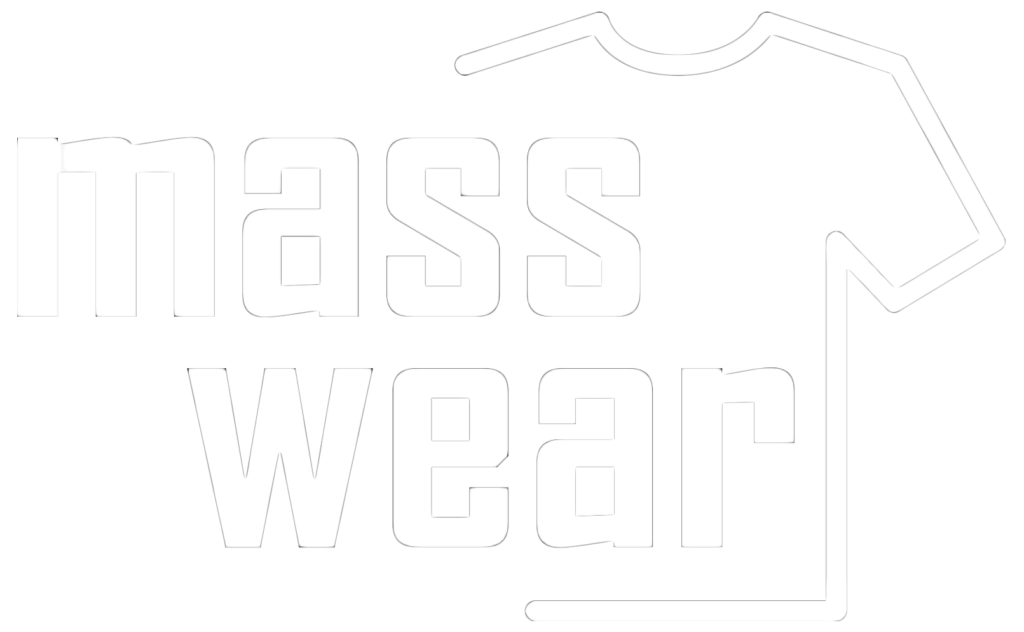Table of Contents
Form of work: Ensuring safety and efficiency

The importance of work form in manual work
In the sphere of manual labor, the uniform it's not just a matter of dress code. are a vital component of safety and effectiveness. From construction sites to industrially workshops, the right work attire can make all the difference. In this article, we delve into the critical role of work uniforms and their impact on the well-being and productivity of workers in physically demanding fields.
Security benefits of work forms
When it comes to manual labor, safety is paramount. Work uniforms play a crucial role in ensuring the well-being of workers. For example, on construction sites, overalls work high visibility are essential for workers to be easily identified, especially in environments with heavy machinery and potential hazards.
These forms are designed using luminous colors and reflective materials, making it easier for others to spot workers, thus reducing the risk of accidents due to poor visibility.
In addition to visibility, work uniforms can also include protective elements such as hard hats, steel toed boots and safety glasses. These items are essential to protect workers from falling objects, impact injuries, and airborne particles.
By incorporating these safety features into work uniforms, employers demonstrate their commitment to prioritizing the well-being of their employees, which in turn fosters a culture of trust and safety in the workforce.
In addition, specialized work forms such as fireproof clothes for welders, they provide an additional layer of protection against occupational hazards. By investing in quality work uniforms tailored to specific job requirements, employers not only mitigate the risk of workplace accidents but also show a genuine concern for the safety of their employees.
Efficiency benefits of work forms
While safety is undoubtedly the primary concern, work uniforms also contribute to the efficiency of manual work. The forms designed tailored to specific job requirements can improve mobility and comfort, ultimately leading to increased productivity.
For example, in industries that involve heavy lifting and physical exertion, work uniforms made from breathable and flexible materials allow workers to move more freely, reducing fatigue and discomfort.
Additionally, uniforms tailored to the environmental conditions of the work environment, such as those designed to provide insulation in cold climates or ventilation in hot environments, can significantly affect worker comfort and performance.
When employees feel comfortable in their work attire, they are better equipped to focus on their tasks without the distraction of physical discomfort, thereby improving overall performance.
The psychological impact of wearing a work uniform designed for work should not be underestimated. When employees are provided with appropriate attire that aligns with the requirements of their role, it instills a sense of professionalism and pride in their work.
This, in turn, can raise their motivation and commitment to perform their tasks to the best of their ability, further contributing to improved efficiency in manual work.
Types of work forms for different manual labor industries
The diversity of manual labor industries requires a wide range of work uniforms tailored to specific job requirements. In the construction sector, uniforms work high visibility are essential to ensure worker safety amidst the bustling activity of a construction site.
These uniforms usually feature fluorescent colors and reflective strips to maximize visibility, especially in low-light conditions. In addition, they can include pockets and loops for placing tools and equipment, offering comfort and functionality to the user.
Conversely, industries that involve exposure to extreme temperatures, such as welding and foundry work, require specialized work uniforms that provide thermal protection.
Clothes flame retardant, designed to withstand high temperatures and prevent ignition, is a critical component of work clothing in these environments. In addition, the inclusion of heat-resistant gloves, legs and hoods offer comprehensive protection from burns and thermal hazards.
Meanwhile, in healthcare, where manual labor involves patient care and medical assistance, the emphasis is on maintaining a sterile environment. Therefore, medical scrubs and gowns are designed to be easily washable and resistant to stains and liquids, ensuring hygiene and cleanliness. The ergonomic design of healthcare uniforms also prioritizes comfort and ease of movement, supporting the demanding nature of the job.
In every industry, the specific demands and hazards of the job require customized work forms that not only prioritize safety but also promote efficiency and functionality.
By recognizing the unique demands of different manual labor sectors, employers can invest in workwear that addresses the unique challenges faced by their workforce.
Regulations and standards for work forms
In many countries, regulations and standards govern the design and application of work uniforms in manual labor industries. These guidelines have been put in place to ensure the safety and welfare of workers and to maintain a level of consistency and quality in work attire across a range of sectors.
For example, the Occupational Safety and Health Administration (OSHA) in the United States imposes specific requirements for work uniforms, including guidelines for clothes high visibility, protective footwear and personal protective equipment (PPE).
Similarly, the European Union has established directives on personal protective equipment (PPE) that employers in member states must adhere to. These guidelines outline the minimum safety and health requirements for work uniforms and aim to harmonize standards across industries. By complying with these regulations, employers not only ensure the safety of their employees but also avoid potential legal consequences and penalties.
In addition, industry-specific standards such as those set by the American National Standards Institute (ANSI) for clothes high visibility, provide detailed criteria for the design and performance of work uniforms. Adherence to these standards not only guarantees the quality and effectiveness of uniforms, but also instills confidence in workers knowing that their clothing meets recognized safety criteria.
By staying abreast of the regulatory landscape and adhering to established standards, employers demonstrate their commitment to maintaining a safe and compliant work environment. This not only protects the well-being of their workforce, but also fosters a culture of responsibility and accountability within the organization.
Customize work uniforms for branding and professionalism
Work forms serve as a powerful tool for branding and projecting a professional image. By customizing uniforms with company logos, colors and branding elements, employers can reinforce their brand identity and create a sense of unity among employees. This not only enhances brand visibility to the public, but also instills a sense of pride and belonging in the workforce, fostering a cohesive and professional environment.
Additionally, branded work uniforms convey a sense of professionalism and competence to clients and customers. When employees are equipped with cohesive and well-designed attire that reflects the values and aesthetics of the company, conveys a strong and positive impression. This can significantly impact customer perception and trust, ultimately contributing to the overall success of the business.
Customization also allows employers to tailor work forms to the specific needs of their organization. For example, by incorporating functional features such as extra pockets, tool loops or specialized fasteners, work overalls can be optimized for the practical demands of the job.
This level of customization not only enhances the functionality of the garment but also demonstrates a commitment to providing workers with the tools they need to perform their jobs effectively.
Choosing the right work forms for your business
Choosing the right forms of work for a business involves careful consideration of the specific needs and challenges faced by the workforce. It is important to assess the nature of the work environment, the potential hazards and the comfort requirements of the workers. For industries with high levels of physical activity and exposure to hazards, prioritizing safety features in work uniforms is paramount.
In addition, understanding the environmental conditions in which the work takes place is vital. Whether it is extreme temperatures, low visibility or exposure to chemicals, workwear should be designed to mitigate these challenges and provide a protective barrier for workers. Additionally, considering the ergonomic and comfort aspects of clothing is vital to ensure that workers can perform their tasks with ease and flexibility.
Another factor to consider is the durability and quality of the work uniforms. Investment in high-quality materials and construction not only ensures the longevity of the garment but also reflects a commitment to providing workers with reliable and effective workwear. Choosing durable and long-lasting uniforms, employers can minimize the need for frequent replacements, thereby reducing long-term costs.
Finally, involving employees in the decision-making process can be beneficial as it allows them to provide input on their specific needs and preferences regarding work forms. This collaborative approach not only fosters a sense of belonging and mutual respect, but also ensures that the chosen uniforms effectively meet the demands of the workforce.
conclusion
In conclusion, the importance of work forms in manual work cannot be overestimated. In addition to serving as a means of identification and compliance with dress codes, work uniforms play a fundamental role in ensuring the safety, efficiency and professionalism of workers.
From high visibility gear for construction workers to flame retardants clothes for welders, the design and fit of work uniforms are key issues for employers in physically demanding fields.
